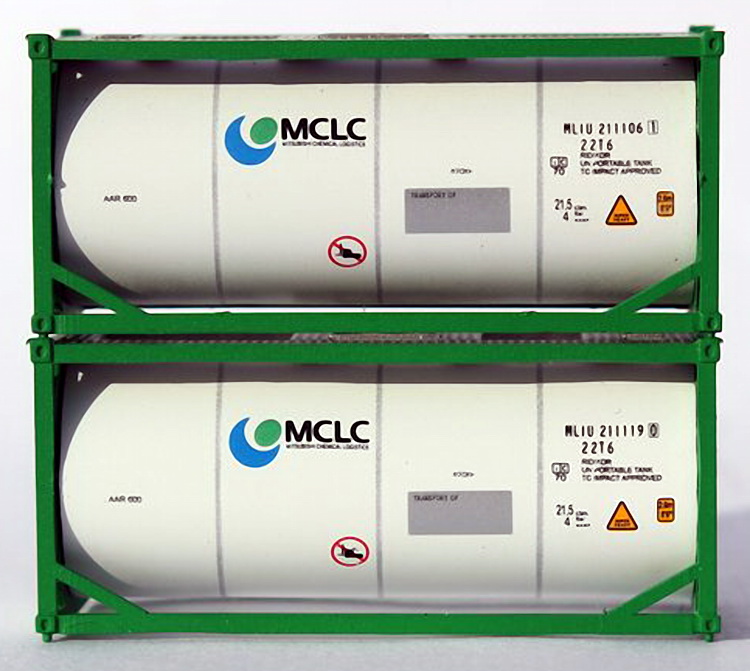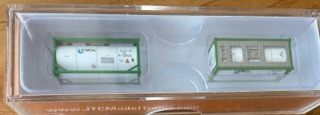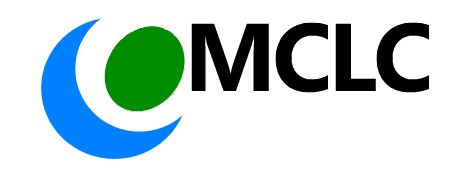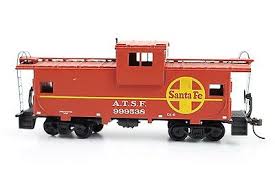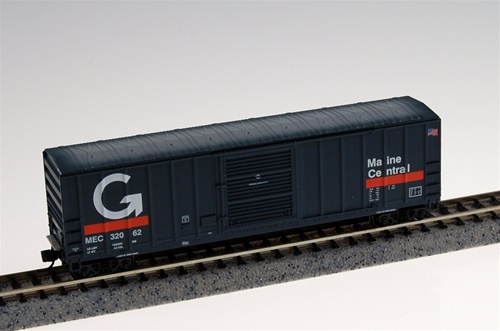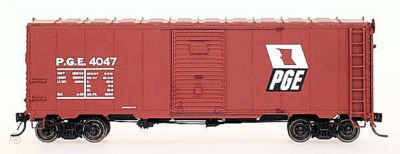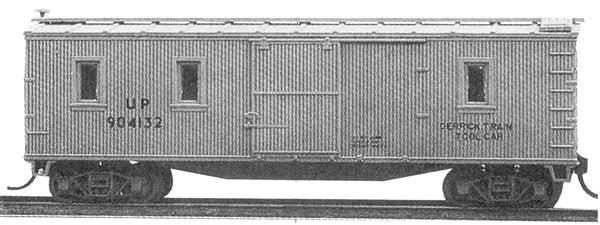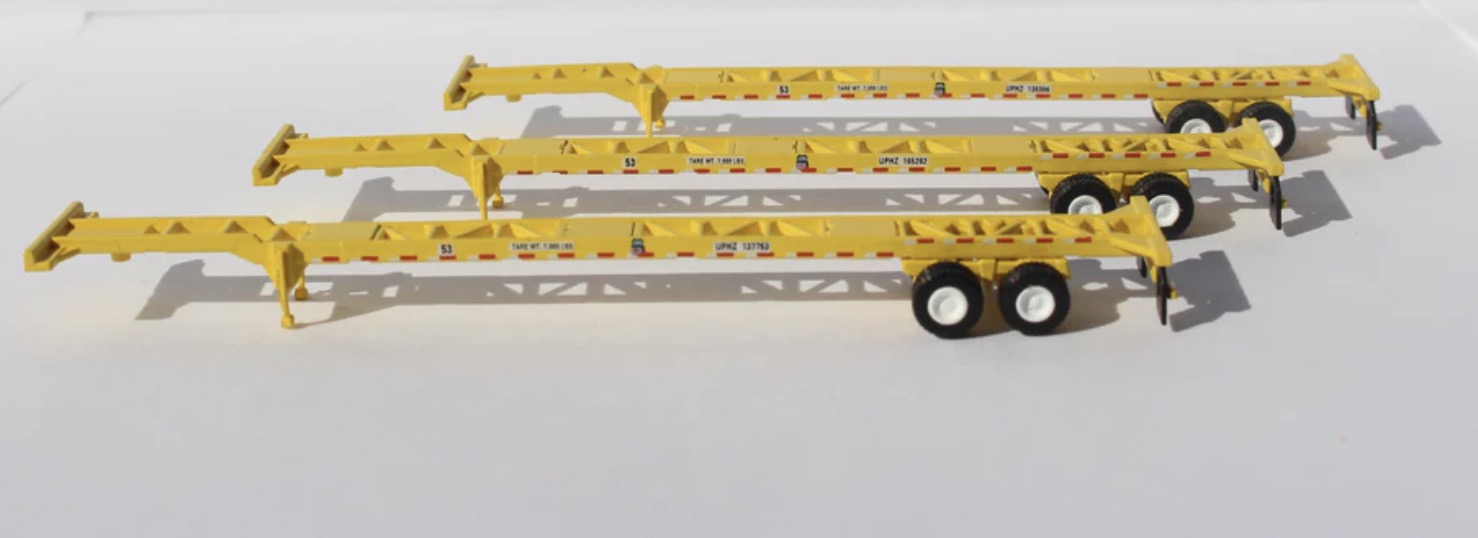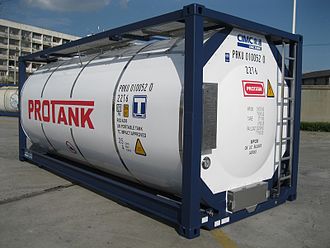Specific Item Information: Wrap Around Walkway. Container #211106, 211119
Model Information: These are also finely detailed, delicate miniatures with scales frames and details. Rules for Tank container transport provides for transport in the bottom of well cars, and on flatcars. If the tank container has hazardous liquid it should Not have another container stacked on top of it (look for Hazard label). If non-hazardous, other containers can be stacked on top. Tank containers do not ship double stacked in the Top position.
Model Features:
IBC 'PIN' and holes for stacking
Multiple walkway configurations to match prototypes
Etched metal end ladder
When required - mechanical unit (Heat / Cool) and Placard/Tool box as per prototype picture.
Precise printing as per prototype
These do not have a magnet on bottom, as they do not ship stacked on top of another container.
Model Features:
IBC 'PIN' and holes for stacking
Multiple walkway configurations to match prototypes
Etched metal end ladder
When required - mechanical unit (Heat / Cool) and Placard/Tool box as per prototype picture.
Precise printing as per prototype
These do not have a magnet on bottom, as they do not ship stacked on top of another container.
Prototype History: A tank container is built to the ISO standards, making it suitable for different modes of transportation. Both hazardous and non-hazardous products can be transported in tank containers.
The tank container concept was also employed in Europe by Bob Fossey, an engineer who worked for Williams Fairclough in London. They improved on the 1950s framed American elliptical container tanks, oft noted carrying specified USA engine oils for the UK’s MoD aircraft built in Preston, Lancashire.
In 1964 Fairclough made a swap body tank for combined transport by truck and train, but not yet constructed according to ISO standards.
In 1966, commercial production began and one year later the first tank container to ISO dimensions was developed. The first mass-produced tank containers were purchased by Trafpak, a part of Pakhoed.
Rules for Tank container transport provides for transport in the bottom of well cars, and on flatcars: if the tank container has hazardous liquid it should Not have another container stacked on top of it (look for Hazard label). If non-hazardous, other containers can be stacked on top. Tank containers do not ship double stacked in the Top position.
The tank container concept was also employed in Europe by Bob Fossey, an engineer who worked for Williams Fairclough in London. They improved on the 1950s framed American elliptical container tanks, oft noted carrying specified USA engine oils for the UK’s MoD aircraft built in Preston, Lancashire.
In 1964 Fairclough made a swap body tank for combined transport by truck and train, but not yet constructed according to ISO standards.
In 1966, commercial production began and one year later the first tank container to ISO dimensions was developed. The first mass-produced tank containers were purchased by Trafpak, a part of Pakhoed.
Rules for Tank container transport provides for transport in the bottom of well cars, and on flatcars: if the tank container has hazardous liquid it should Not have another container stacked on top of it (look for Hazard label). If non-hazardous, other containers can be stacked on top. Tank containers do not ship double stacked in the Top position.
Road Name History: Since the founding of Dokai Sangyo Co., Ltd. in 1956, we have accumulated unique know-how and technologies for improving logistics quality, safety and quality assurance (QA). We have leveraged our gemba-ryoku (fundamental organization capability) gained through the development of our core businesses, including overland transportation and marine transportation. We have become one of the few unique logistics companies that can truly provide continuous logistics services both in and out of Japan. We have enhanced our logistics functions by operating tank yards for hazardous chemicals, providing both coastal and ocean-going transport with a fleet of chemical tankers, and fulfilling the function of an in-house customs clearance specialist for our customers throughout Japan. We have refined our functions in packaging materials supply to enable us to provide comprehensive logistics solutions that take into account the entire supply chain from the supply of raw materials, through packaging materials, packaging, in-house operations, and storage to shipping and delivery. We have also enhanced our service quality and capabilities to operate our businesses. At the same time, our local subsidiaries in Asia provide multiple logistics bases.
Brand/Importer Information: Now featuring our new line of 1:160 scale models. Developed using the latest in global technology & CAD systems, these New 2017 tooled models feature IBC connecting pins AND our Magnetic connecting system, and are decorated with detailed prototype printing. Our JTC container series of models offer Multiple door styles and variants to match prototypes. The First release is a 'Rib-style' corrugated side Canvas/Open top container, Now In Stock. Our second release is the more common 'wave' corrugation sides version, expected January 2018. Both are New to N scale. Release styles 3 & 4 will be around March 2018, and will be 2 of the most popular container styles in use. Please read our 'Latest News' section for updates. Thank You for visiting. New Facebook page: www.facebook.com/JTCmodeltrains
Item created by: CMK on 2021-02-03 19:53:38. Last edited by Powderman on 2023-04-14 17:14:55
If you see errors or missing data in this entry, please feel free to log in and edit it. Anyone with a Gmail account can log in instantly.
If you see errors or missing data in this entry, please feel free to log in and edit it. Anyone with a Gmail account can log in instantly.


